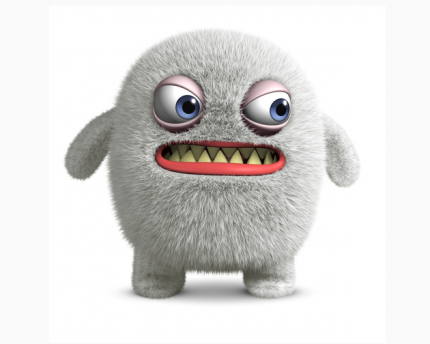Scientists: DNA rules out abominable snowman

It was all a myth. The "abominable snowman" was really a bear.
But scientists on the trail of the famous Himalayan legend known as the “yeti” have made findings that will be disappointing to believers in the creature. A DNA study of hair, bone, tooth, skin and fecal samples collected in the Himalayas and Tibetan Plateau -- and thought to be from the mythic yeti -- have proved primarily to be the remains of bears, according to the University of Buffalo.
Results showed that a skin sample was from an Asian black bear, and a bone was from a Tibetan brown bear. Some of the remains also were from a dog.
"This study represents the most rigorous analysis to date of samples suspected to derive from anomalous or mythical hominid-like creatures, strongly suggesting that the biological basis of the yeti legend is local brown and black bears," researchers concluded in a paper published in Proceedings of the Royal Society B.
The Encyclopedia Britannica lists the Tibetan yeti as the "abominable snowman," and defines the creature as a "mythical monster supposed to inhabit the Himalayas at about the level of the snow line." While mysterious snow prints have been attributed to the monster, bears sometimes "place the hindfoot partly over the imprint of the forefoot, thus making a very large imprint that looks deceptively like an enormous human footprint positioned in the opposite direction," the encyclopedia explains.
The study, "Evolutionary history of enigmatic bears in the Tibetan Plateau–Himalaya region and the identity of the yeti," is published in the Proceedings of the Royal Society B, Nov. 29, 2017, by Tianying Lan, et al.
Related:
Are Yellowstone grizzlies still endangered?
Battle lines drawn over endangered species
If you wish to comment, like us on Facebook and tell us what you think.

